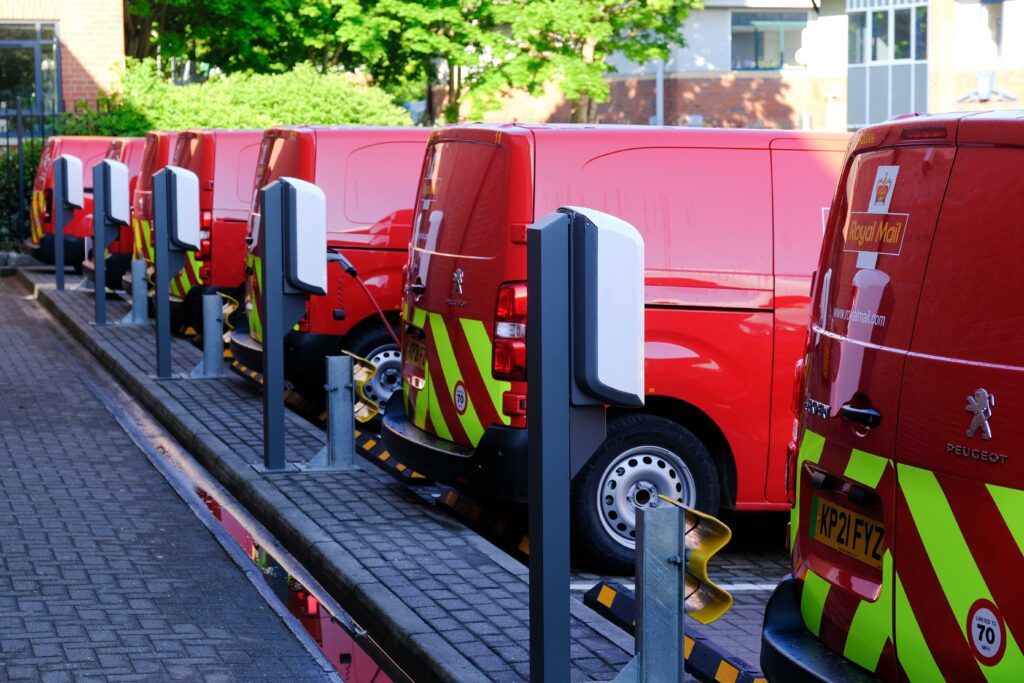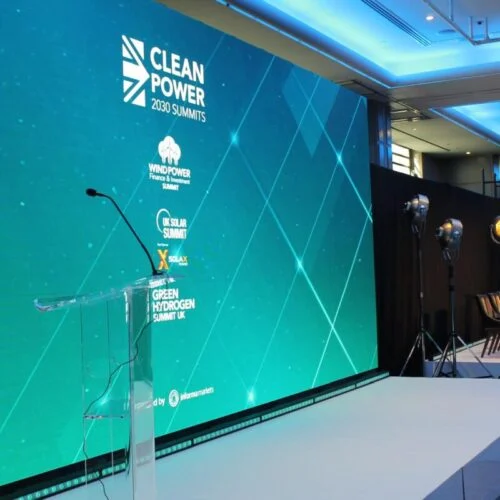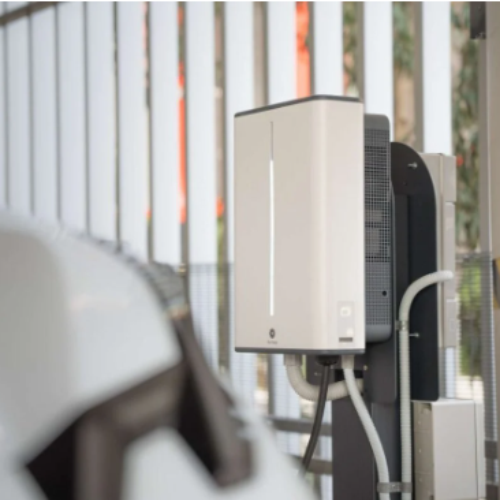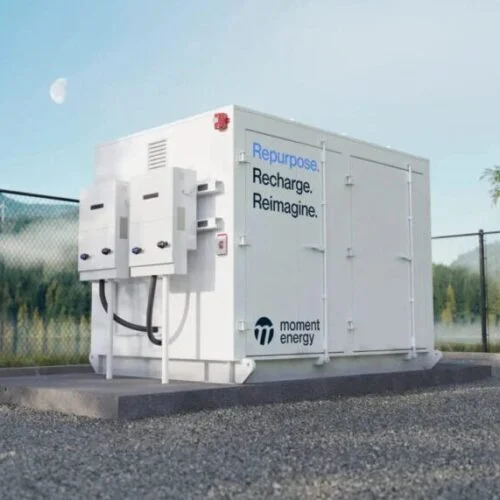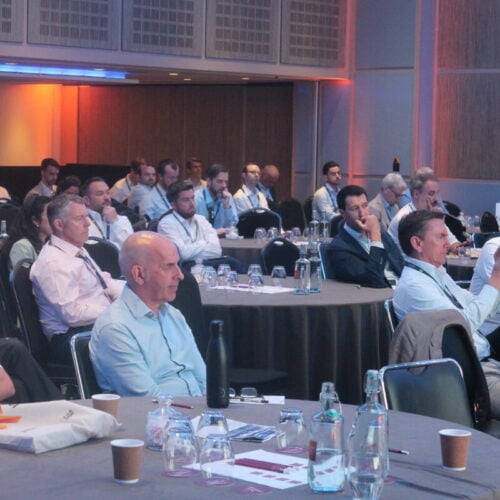The latest report to come out of the Optimise Prime trial has detailed learnings around the applicability of flexibility and profiled connections for electric vehicle (EV) fleets.
Launched in July 2021, the trial is looking at three electric vehicle (EV) fleet charging use cases, these being return to home charging with Centrica’s British Gas fleet, depot charging with Royal Mail’s and mixed charging via Uber vehicles.
It found that connection costs can contribute to “making or breaking” an investment case for electrification, but that they are not the major driver of electrification costs.
Additionally, it found that with the high complexity and level of automation required to bring down transactional cost, it is likely that fleets will participate in flexibility markets via intermediaries such as aggregators or chargepoint operators.
However, the regular shift patterns during weekdays mean plug-in rates can be accurately predicted with an estimated 95% accuracy during the home trials. This should allow provision of reliable flexibility services, according to the report.
Weekdays and holidays are more challenging to predict due to irregular shift patterns.
The report also detailed how adequate EV load in proportion to background load is needed for a successful profiled connection. Controllable EV load needs to be greater than the variation in building load, so whether a site is suitable needs to be considered.
Additionally, determining an accurate profile is key to being able to adhere to the profile, with the report stating that profiled connections may need to be refined as more data becomes available.
DNOs therefore may need to be flexible to review changes in requirements over time, and will have to put in place contractual, operational and technical measures to manage risk.
Other learnings from the project include that charging facilities play a key role in giving drivers the confidence that they can fulfil their daily work tasks, but that Centrica found installation of home charging slowed its rollout and sometimes required drivers to use public charging as an alternative.
This was generally as a result of domestic properties that were already over capacity due to electric heating or were on looped supplies.
The report also detailed how currently whether total cost of ownership favours EV or internal combustion engine vehicle fleets varies considerably, with EV prices the key determinant of whether EVs make purely economic sense for a fleet.
There are many other factors influencing the cost, however, with the economic cost also needing to be weighed against the clear environmental benefits of EV adoption.
The trials, which are part-funded by Ofgem’s Network Innovation Competition, are due to conclude at the end of June this year.
Partners in the trial include distribution network operators (DNOs) UK Power Networks and Scottish and Southern Electricity Networks, along with other partners including Hitachi Vantara, Hitachi Europe and Novuna.
Back in 2019 before trials began, the Optimise Prime project was lauded as one of the largest EV trials in the world, with the idea being that the project would collect data on EV charging to provide insight on where the networks should invest as well as provide a provide a template to fleet operators looking to electrify.
